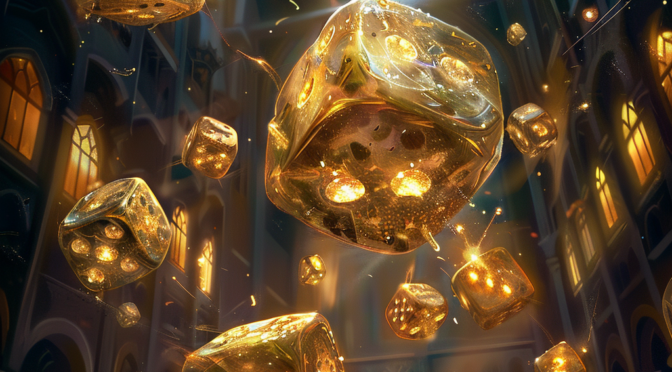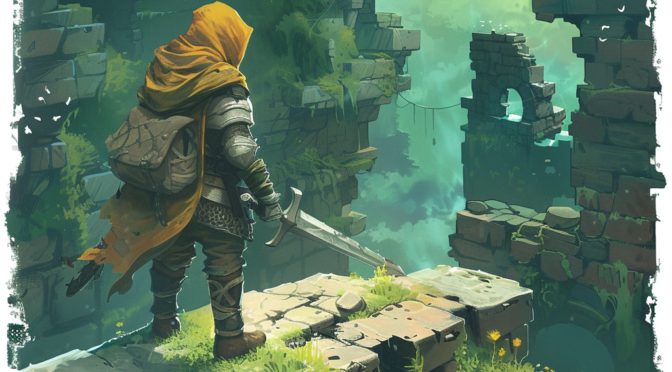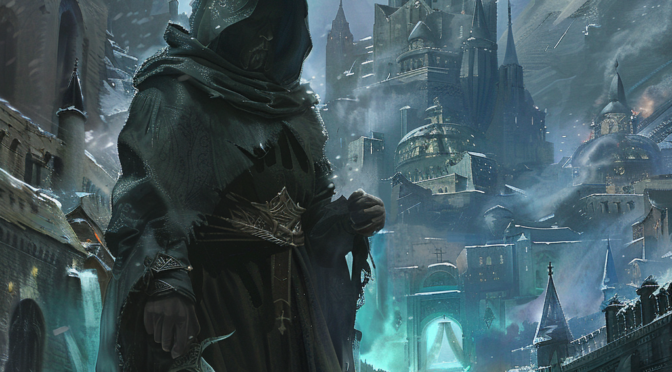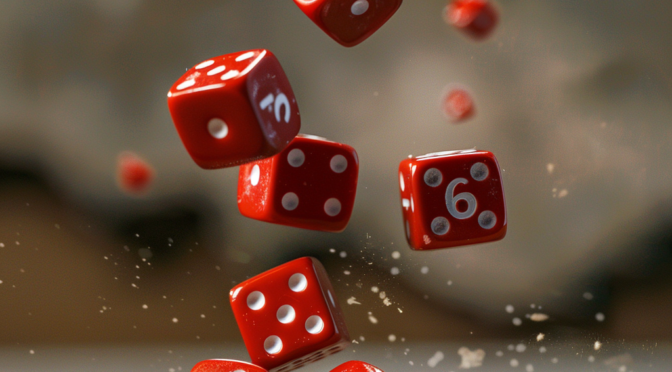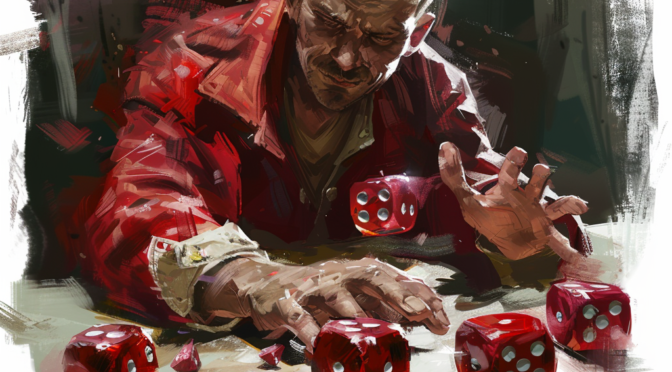There are three pillars of gaming in a FreeD6 game: skirmish, social interaction, and problem-solving. Role-playing means approaching each of these pillars using the attitude and abilities of a created character. The results of the game create the emergent narrative which feeds memorable role-playing. The three pillars are the ways in which characters interact with the setting of the game.
Tag Archives: rules
Boost and Penalty Dice
Some abilities, powers, or effects add boost dice or penalty dice to an ability check. This is written as “Boost-“, “B”, or “Penalty-“, “P”, followed by the number of dice. For example, Boost-1 (B1) adds a single boost die, and Penalty-2 (P2) adds a two penalty dice.
Core Mechanisms
FreeD6 is a narrative conflict role-playing game compatible with OpenD6. The abilities and skills have a slightly different emphasis, the application of the Health Track is slightly different, and there is a greater emphasis on relative values instead of absolute values. Character creation and the dice rolling mechanism are the same, and conditions are emphasized as a core mechanism. The core mechanisms in FreeD6 are: narrative structure, abilities and skills, conditions, and taking action.
Results and Conditions
Taking action produces results. Results are measured with conditions. Elements within the game are understood to function and respond in the game setting in the same way as their real-world counterparts. It would be exhausting to try and detail all possible circumstances and assign them game mechanics. Instead, conditions are used to describe ways in which results restrict or enable game elements.
Dice Flip
Some abilities, powers, or effects call for a dice flip when a certain number is rolled during a skill check. A dice flip is also called a difference flip. This is written as “Flip-6” or “F6”, meaning that if any die on a roll shows a 6, it should be flipped to a 1 before being totaled to figure result points.
Advantage and Disadvantage
Status conditions, abilities, and effects can give a character Advantage or Disadvantage on a roll.
Fear and Fame
New Rule: FEAR and FAME
Tank! Tank!!
The mere word brings up images of steel beasts of war, capable of destroying vehicles, driving through buildings, and being all but impervious against normal bullets.

